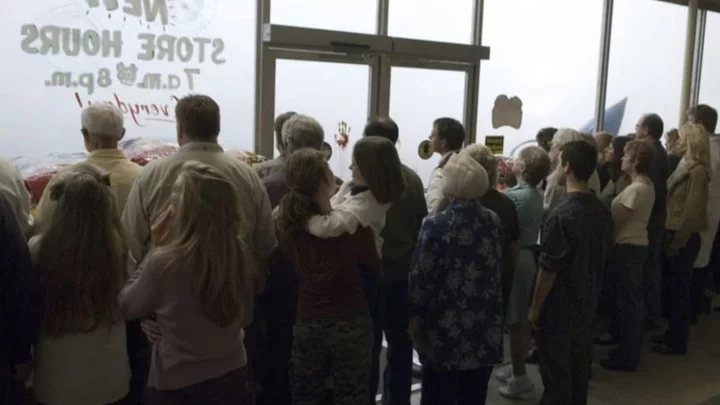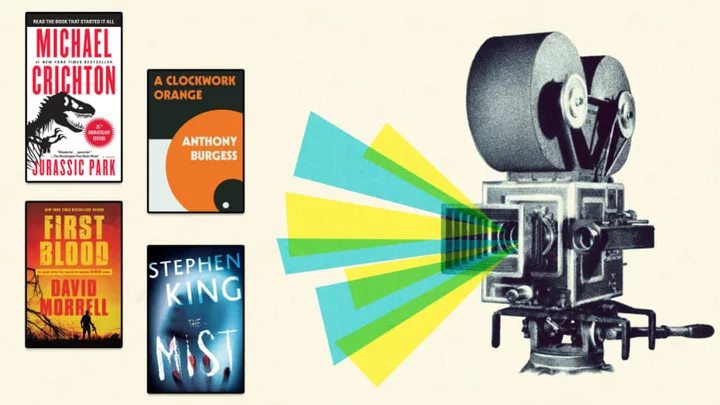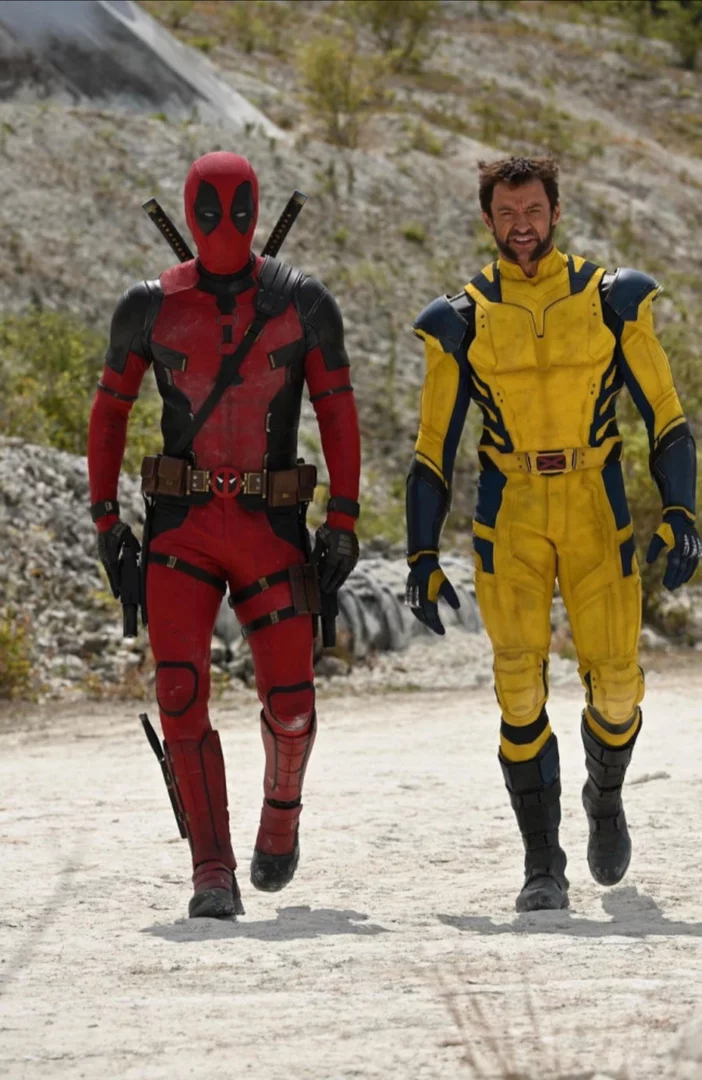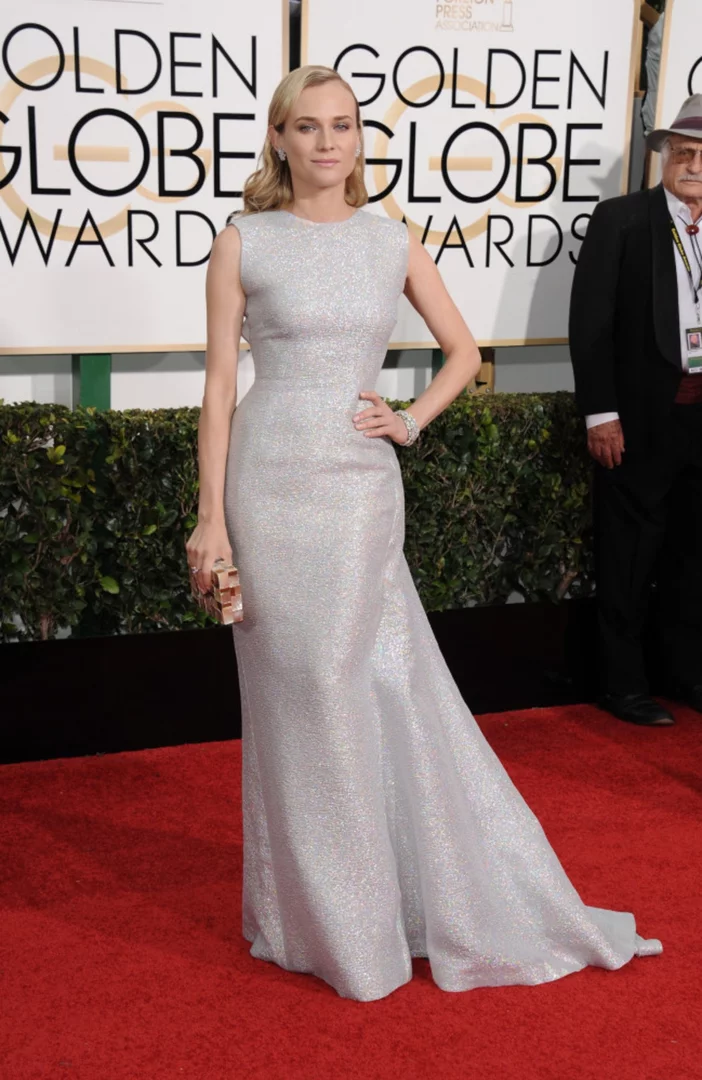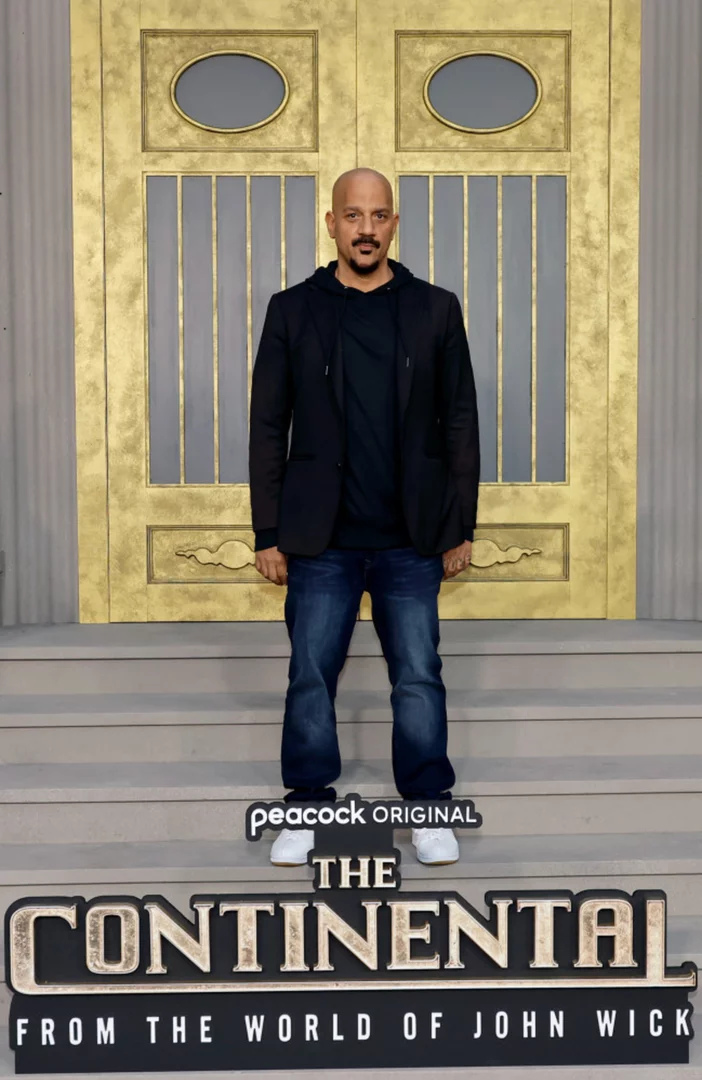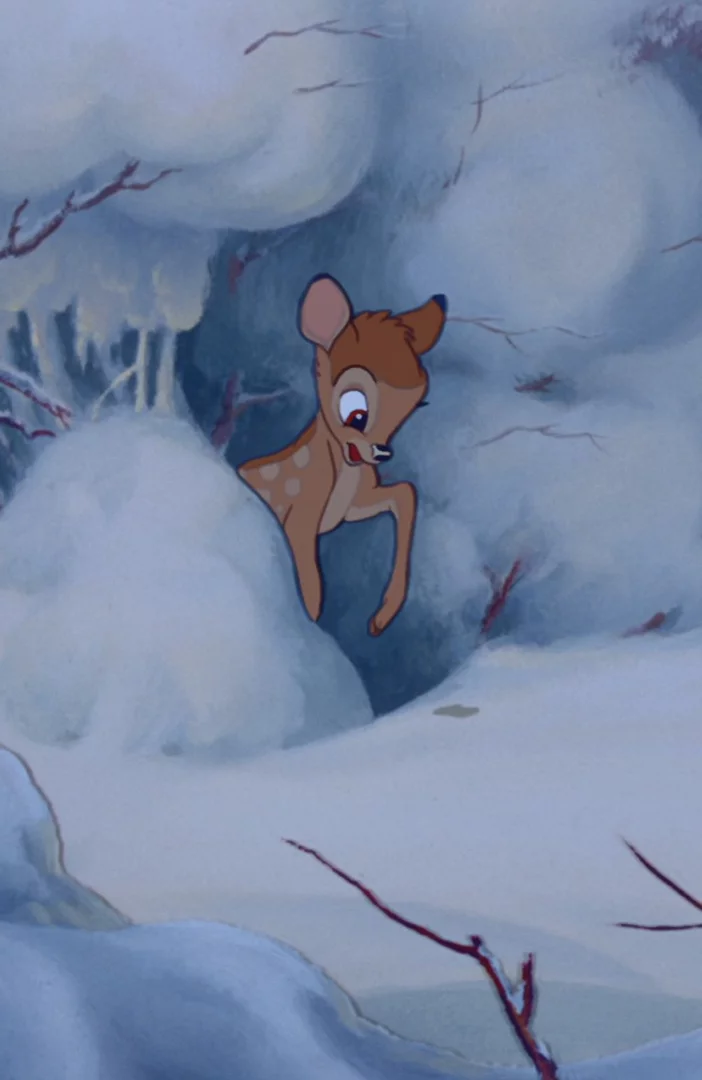In 2007, Frank Darabont released his third feature film based on a story by Stephen King. But this time around, the director behind The Shawshank Redemption and The Green Mile wasn’t going for heartwarming. With The Mist, which is based on King’s novella of the same name, Darabont went for the jugular with a brutal and bleak creature feature about a group of people trapped in a grocery store, surrounded by monsters from another dimension.
More than 15 years after its release, The Mist remains one of the most beloved Stephen King adaptations, but it didn’t become a cult classic overnight. From how it originated to how its initial ending got changed into something far more controversial, read on for some fascinating facts about The Mist.
1. The story was inspired by a trip to a grocery store.
The story of The Mist dates all the way back to 1976, when King was trying to think of a short story to contribute to an upcoming anthology called Dark Forces. In his notes on the story in his own short fiction collection, Skeleton Crew, King recalled that he’d been out of ideas for the piece, until a thunderstorm blew through Bridgton, Maine, where he was living with his family at the time.
It was in the aftermath of that storm—and during a trip to the grocery store—that The Mist began to take shape. As King recalled:
“I was halfway down the middle aisle, looking for hot-dog buns, when I imagined a big prehistoric bird flapping its way toward the meat counter at the back, knocking over cans of pineapple chunks and bottles of tomato sauce. By the time my son Joe and I were in the checkout lane, I was amusing myself with a story about all these people trapped in a supermarket surrounded by prehistoric animals.”
2. It’s part of a very long creative relationship between Stephen King and Frank Darabont.
Though King and Darabont’s most famous collaboration is probably 1994’s The Shawshank Redemption, their professional relationship actually goes back much further.
In 1983, King granted Darabont permission to make a short film inspired by his story “The Woman in the Room” after Darabont wrote him a letter. King later credited Darabont’s request as one of the inspirations for his “Dollar Baby" program, in which he sells the rights to his short fiction to student filmmakers for $1, giving them a chance to adapt well-known material on a small scale. Darabont later recalled that he first read The Mist in 1980, around the same time as he was preparing to make The Woman in the Room.
3. It was almost Darabont’s first feature film.
After making “The Woman in the Room” into a short film, Darabont began establishing himself in Hollywood as a screenwriter, working on horror films like A Nightmare on Elm Street 3: Dream Warriors (1987), The Blob (1988), and The Fly II (1989).
It was during that period that he began considering what his feature directorial debut might be, and while he knew he wanted to make a Stephen King adaptation, he wasn’t sure which one. According to Darabont, it came down to a choice between The Mist and another King novella, Rita Hayworth and Shawshank Redemption, from King’s 1982 short story collection Different Seasons. Darabont chose the latter and made The Shawshank Redemption, but he never forgot about The Mist.
4. King held the rights for Darabont for years.
Though Darabont ultimately decided to adapt The Shawshank Redemption, and later The Green Mile, he kept holding onto The Mist as a project he’d like to do one day. As the years went by, though, other filmmakers also expressed interest in the material and saw potential in its creature-feature appeal.
According to Darabont, it was King’s faith in him that kept other adaptations off the table. “A lot of people have wanted to do this, have tried to pursue this material,” he recalled. “Luckily, Steve being a good guy, has for all those years been saying ‘Well, Frank Darabont has the rights. Sorry.’”
5. Swamp Thing co-creator Bernie Wrightson helped design the monsters.
To bring the creatures that lurk within the mist in the film to life, Darabont and creature effects wizard Greg Nicotero called on several design minds to build a kind of monster-making brain trust. Among the major contributors: Legendary Swamp Thing co-creator and horror artist Bernie Wrightson, who contributed several elements to the film, including the massive creature which appears at the very end.
6. Louisiana stood in for Maine.
While the supermarket at the center of the story was largely recreated on a soundstage, the exteriors for The Mist were shot near Shreveport, Louisiana, even though the story still took place in King’s native Maine.
The author didn’t notice the change, though. At one point early in the film, while looking at footage of the lakeside Drayton family home, King leaned over to Darabont and asked if he had shot those sequences in Maine.
7. It was made very quickly—and on the cheap.
Once Darabont finally got around to making The Mist, he had difficulty getting a major studio to commit to backing his frightening, sometimes bleak story. He eventually found a producer in Bob Weinstein at Dimension Films, who backed Darabont’s vision, but also insisted on a low budget ($18 million) and a very tight shooting schedule. In some aspects of production, the crew had just six weeks to prepare sets and designs to be ready for the shoot. Luckily for Darabont, that minimalist, seat-of-your-pants shooting style was part of the appeal.
“A lot of great horror movies that I love, that I grew up watching, have a tradition of being done under extreme duress of time, and on very, very low budgets,” Darabont said. “And I thought ‘OK, if we’re really going to embrace what I love, horror movies, let’s embrace that tradition as well. Let’s embrace the tradition of shoot it as fast as you can, shoot it as cheaply as you can.’ That, in a sense, became as attractive to me, to do it with those parameters, as shooting the story itself.”
8. Darabont borrowed his camera team from The Shield.
To learn a little more about “fast and loose” filmmaking ahead of The Mist, Darabont took on some television directing work to get a feel for working against a tight schedule. That led him to the acclaimed FX crime drama The Shield, where he immediately saw something he liked in cinematographer Rohn Schmidt. So, Darabont “borrowed” both Schmidt and his camera operators, Billy Gierhart and Richard Cantu, to shoot The Mist in a fast, handheld style, to give the flick an almost documentary-like feel.
According to Schmidt, almost all of the film was shot with two cameras operating simultaneously, with Gierhart and Cantu moving around and sometimes over and under one another to get their shots.
9. The cast helped shoot the movie.
Because The Mist features an ensemble cast with many characters packed into the same space for much of its runtime, camera operators Gierhart and Cantu had their work cut out for them when it came to covering all of the action. At times, the camera operators were literally pulling actors out of the way so they could push the camera in on a different performer, but with that taking also came a lot of giving.
Stars Thomas Jane and Marcia Gay Harden both praised the improvisational shooting style, noting that they were in many cases able to help compose key shots in the film by directing the cameramen to certain moments, and even pulling the camera to the right place in a given scene.
10. The Mist features many actors who were regulars in Darabont’s projects.
Like many filmmakers, Darabont has a stock company of favorite actors that he works with again and again, and The Mist is full of these faces. Frequent Darabont collaborators in the film include Jeffrey DeMunn (who has appeared in every major Darabont project); Laurie Holden (The Majestic, The Walking Dead); Brian Libby (The Shawshank Redemption, The Green Mile, The Majestic); and William Sadler (The Shawshank Redemption, The Green Mile).
First-timers who would become Darabont regulars also appear in the film, including The Walking Dead’s Melissa McBride and Sam Witwer and Mob City’s Alexa Davalos.
11. It features a nod to King’s Dark Tower saga.
David Drayton (Jane’s character in the film) is a poster artist, and early in The Mist, we get a peek at his studio and a very specific piece he’s in the midst of finishing. Longtime King fans (a.k.a Constant Readers) will recognize it as a portrait of Roland the Gunslinger, the hero of King’s epic Dark Tower saga.
Darabont explained during the director’s commentary that he thought of it as a movie poster for a Dark Tower film being made in the universe of The Mist. The painting itself was done by legendary artist Drew Struzan, who worked on all the Star Wars, Indiana Jones, and Back to the Future movie posters. In fact, much of David’s studio was modeled on Struzan’s own workspace.
12. The ending was hidden from most of the cast and crew.
One of the defining features of Darabont’s The Mist is its ending, which is dramatically different from King’s own. The author left his story open-ended, as David and other survivors continued to drive through the mist, searching for signs of human survival out in the world.
To end the movie—SPOILER!—Darabont chose something far more gut-wrenching, writing a scene in which David shoots his fellow survivors, including his own son, after their car runs out of gas and they all come to the conclusion that hope is lost. In one final, heartbreaking twist, David realizes that the military was just moments away from rescuing all of them, which means he murdered all these people, including his son, for no reason.
It’s a devastating ending and one that King fans still talk about. According to Darabont, it was also kept secret from much of the cast and crew. The script distributed to everyone involved in making The Mist left the final three pages out, and only people directly working on the final scene were given the real ending.
13. King really enjoyed the new ending.
Dramatically changing the ending of the source material is a major gamble for a filmmaker, particularly when you’re adapting an author as beloved as King. For Darabont, though, The Mist needed something more conclusive to close the film, and he came up with David’s agonizing final fate as a solution. “I was feeling a little angry at the world, and at our country at that time, so it felt like a valid way to end a movie. It doesn’t always have to be a happy ending. It shouldn’t always be a happy ending. Having grown up in the ’70s, it wasn’t always a happy ending,” he later explained in an interview with Yahoo!.
From there, he left it up to King himself to decide, claiming: “... I thought, ‘OK, I’m going to let Steve decide.’ If Stephen King reads my script and says, ‘Dude, what are you doing, are you out of your mind? You can’t end my story this way,’ then I would actually not have made the movie. But he read it and said, ‘Oh, I love this ending. I wish I’d thought of it.’ He said that, once a generation, a movie should come along that just really pisses the audience off. He pointed to the original Night of the Living Dead as one of those endings that just scarred you. And it felt OK to me!”
14. It spawned a short-lived TV series.
The Mist arrived in 2007 to critical acclaim and solid box office returns, earning about $57.4 million worldwide. It has since been dubbed one of the best Stephen King adaptations ever made.
But the film isn’t the only live-action take on the material: In 2013, Bob Weinstein announced development on a TV series based on the story, inspired by Dimension’s success with the original film. The Mist aired for one season on Spike in the summer of 2017, and was canceled that fall.
Additional Sources:
Skeleton Crew by Stephen King
The Mist director’s commentary by Frank Darabont
This article was originally published on www.mentalfloss.com as 14 Memorable Facts About ‘The Mist’.

